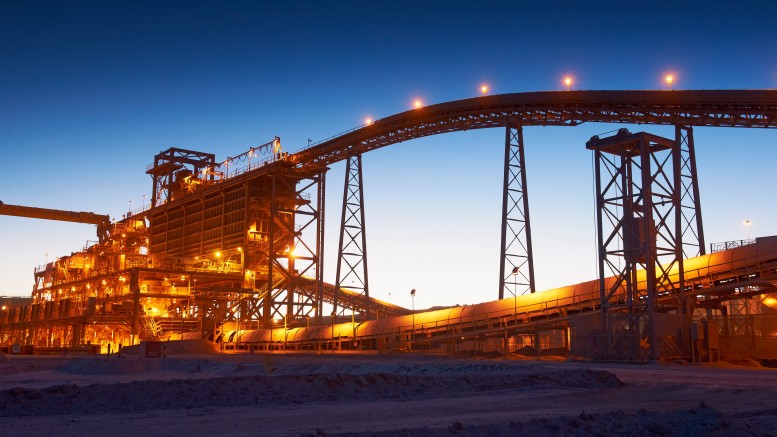
“This means that realistically we have at least another six months (if not longer) ahead of us in which there could be further virus spreads, more rolling lockdowns, and social distancing measures staying in place.”
There is also the risk, she added, that the V-shape recovery in China will slow down as the central bank moves to normalize monetary policy and gradually pull back from stimulus measures.
Demand for Chinese zinc concentrates could support higher prices
On the upside, Scott-Gray noted that ‘green’ metals, — including nickel, cobalt, lithium, copper, and aluminum – would benefit from the global shift towards new policies that have been established this year, largely because of the covid-19 outbreak.
“Given the scale of investment provided by US policy stimulus targeting green energy (with electric vehicles at least for now the winning technology for low emissions), an element of uncertainty towards future growth in base metals markets has been alleviated,” Scott-Gray said.
Under a Biden presidency, she forecasts higher US government spending through additional covid-19 relief packages and green climate infrastructure, and an openness to improve fair trade, would support increased demand for metals and suggests a bullish environment for base metals in 2021.
In addition to US action, China’s 14th five-year plan – which lays out the country’s economic and social priorities from 2021 through 2025 – is expected to focus on recycling and electrification, Scott-Gray noted.
“While increased recycling would be a negative headwind on demand for metals such as lead and zinc,” she said. “The move towards electrification will be the key driving force behind a new source of demand for the battery metals and accompanying metals such as aluminum (used to reduce the weight of vehicles) and copper for electrical wiring.”
Under the plan, new infrastructure projects such as the 5G network, electric vehicle charging stations, new railway and metro lines, data centres, and ultra-high-voltage electricity will drive increased domestic demand for metals, with copper a particular beneficiary.
Such projects would also accelerate China’s ‘dual circulation’ strategy. The strategy aims to unlock the country’s domestic market by focusing on higher-quality goods and services to help stimulate the economy, while also increasing access to foreign investment by encouraging more trade with the rest of the world.
She noted that China’s dependence on several raw materials is extremely high. Imports of nickel ore currently at 88%, copper concentrate at 77%, bauxite at 51%, and lead and zinc concentrate at 29% and 27%, respectively.
Although Scott-Gray could not provide a forecast for base metal prices for 2021, which hasn’t been published yet, she offered a brief overview of some of the critical metals.
Next year, for example, she expects demand for copper to outstrip supply, pushing the copper markets into a deficit and pulling down already low inventories, which would be a tailwind for copper prices. The push for green infrastructure will also support higher prices, she said.
Similarly, the drive for greener technologies, particularly electric vehicles, will bolster nickel demand in 2021, which, Scott-Gray said, is expected to undergo the strongest increase in metal demand (on a percentage basis).
She noted, however, that supply forecasts coming out of Indonesia indicate that the nickel market is expected to remain in a surplus, although “supply tightness in China could be a further price supportive factor.”
Although zinc prices have benefited from low inventory levels in the past, Scott-Gray said, the upside potential could be limited due to another year of forecast surpluses. Again, demand for Chinese zinc concentrates could support higher prices.
Demand growth for aluminum, she said, is set to rebound next year on the improving automotive and construction industries, and a return in demand from the aerospace industries. However, aluminum has a “large overhang in supply to work through, once again limiting upside potential.”
Finally, Scott-Gray noted that the US dollar and interest rates have been key drivers in base metals prices this year.
“If interest rates remain low or unchanged, the likelihood of a weaker US dollar along with expectations of a wildly available vaccine by the second half of 2021 would be price supportive for base metals,” she said.
(This article first appeared in The Northern Miner)




